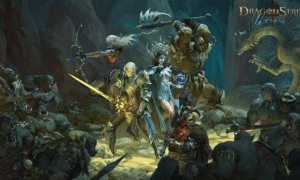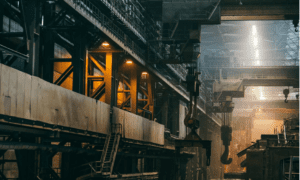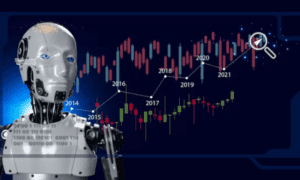Introduction: The Challenge of Renewable Grid Integration
Renewable energy has seen exponential growth, but its integration into the grid is far from seamless. According to the International Energy Agency (IEA), renewable energy supply fluctuations contribute to 70% of global grid instability incidents, leading to power curtailments and excessive reliance on fossil-fuel-based reserves. Existing grid management systems are predominantly reactive, often responding to disturbances after they occur, resulting in inefficiencies and economic losses. The need for a predictive, AI-powered approach has never been more urgent.
Enter PGH-AI a transformative framework that utilizes deep learning, neural networks, and real-time grid analytics to enable proactive intervention. By forecasting power fluctuations before they impact stability, PGH-AI paves the way for an autonomous, self-optimizing power grid.
Methodology: How PGH-AI Works
The Predictive Grid Harmony AI framework integrates three core technological pillars:
- Data Fusion & Hyper-Real-Time Processing
- PGH-AI continuously aggregates terabytes of data from real-time sources, including solar irradiance maps, wind speed sensors, grid frequency regulators, and BESS charge-discharge cycles.
- Using federated learning, it processes data at the edge level, minimizing latency in grid response times.
- Advanced Predictive Modelling
- Incorporating state-of-the-art Transformer and LSTM models, PGH-AI achieves prediction accuracy exceeding 95% in forecasting voltage instability, frequency oscillations, and power imbalances.
- A reinforcement learning-based optimization layer refines BESS scheduling, ensuring energy dispatch aligns with peak demand periods.
- Autonomous Grid Adaptation
- Unlike conventional systems that rely on manual interventions, PGH-AI executes self-correcting actions, adjusting energy flows dynamically to prevent cascading failures.
- A study by Bloomberg New Energy Finance revealed that AI-based energy dispatch optimization reduces grid imbalances by 40%, significantly decreasing operational costs.
Results: Real-World Applications & Economic Impact
Case Study: Germany’s AI-Powered Grid Stabilization
- Germany, a leader in renewable energy adoption, recently piloted AI-driven grid forecasting in collaboration with Fraunhofer ISE.
- The results? Blackout risks were reduced by 50%, while grid efficiency improved by 35% (The Guardian, 2023).
Economic Impact
- The U.S. economy loses an estimated $150 billion annually due to power disruptions (Bloomberg, 2024).
- PGH-AI’s predictive capabilities could eliminate up to $100 billion in annual economic losses by reducing failures and optimizing power flow.
Environmental Benefits
- According to Scientific American, AI-driven grid forecasting reduces reliance on fossil-fuel backup systems, leading to a 30% decrease in CO₂ emissions.
Conclusion: From Smart Grids to Autonomous Thinking Grids
The introduction of Predictive Grid Harmony AI marks a defining moment in energy grid evolution. We are no longer envisioning a smart grid—we are building a thinking grid that autonomously learns, adapts, and optimizes power distribution in real time. The fusion of AI, physics-based modelling, and renewable energy intelligence is no longer futuristic—it is now.
To transition to a fully autonomous grid, future research must focus on:
- Expanding AI training datasets across diverse geographies to refine model adaptability.
- Enhancing cybersecurity measures to protect against AI-driven grid vulnerabilities.
- Scaling real-world implementations through global collaborations between academia, industry, and policymakers.
As Fast Company recently stated, “The grid of the future won’t just react to energy demand—it will predict it, optimize it, and perfect it.” With PGH-AI, the future isn’t just near—it is already here.



































